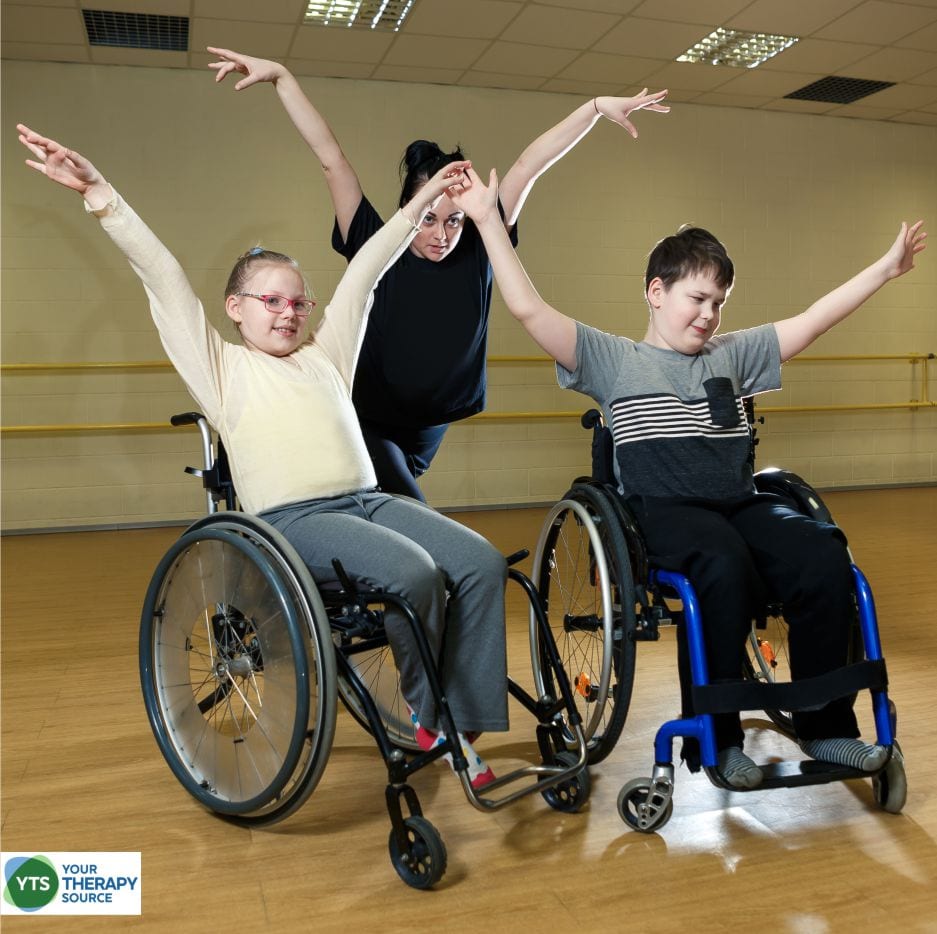Physical Activity for Children with Disabilities – Tips for Inclusion Sports
Many of us are aware of the importance of physical activity for children with disabilities. Unfortunately, research indicates that persons with disabilities frequently join inclusive sports but do not continue with inclusion sports overtime.
Parents report rejection by staff and other participants. In addition, parents feel that there is a lack of contact and understanding of people with disabilities.
It is so important to educate others on the benefits of sports participation and recreation: Regular physical activity helps the body by maintaining muscle strength and range of motion, increasing bone mass, and improving cardiovascular fitness.
The brain also benefits from physical activity through elevating the mood, improving self concept, enhancing social skills and more. Specifically sports participation can create friendships, encourage creativity, foster teamwork and define meaning for one’s life.
Suggestions to Increase Participation and Physical Activity in Children with Disabilities
Physical activity for persons with disabilities is extremely important. It is disappointing to hear that parents find inclusive sports not appropriate for children with intellectual disabilities. School-based occupational and physical therapists can be instrumental in promoting physical activity for individuals with disabilities. Try to schedule a presentation on inclusive sports for your community or school. Here are 8 tips to help any children with disabilities participate in inclusive sports programs:
1. First and foremost make sure that the sports program is accessible for the child. If not, offer some modifications that can make the program accessible.
2. Educate the coaches and volunteers on the child’s disability. If a coach does not know what to do, it can make participation very difficult.
3. If any modifications require adapted equipment, make sure all sports staff know how to use it.
4. Offer suggestions on how to present the directions or rules in different formats instead of just verbally. Maybe the coach could provide written rules or visual demonstrations.
5. Inform sports staff that the child may need accommodations such as more time to complete a skill.
6. If a child requests additional help, perhaps assign a partner (peer or adult) to help.
7. Do not assume a child can not do a task. If possible and safe, always let them try first before determining that something can not be accomplished. Most likely, sports staff will be amazed at what children can accomplish. If necessary, pre-teach the skills necessary to participate in the sport.
8. Remind staff of safety precautions that be necessary for specific disabilities such as a visual or hearing impairment.
Have a positive, supportive attitude: Unfortunately, society tends to view children with disabilities too susceptible to injury to participate in traditional sporting activities. Families and the environment seems to influence participation more than the child’s choices. Remember the children have a right to participate!
Reference: Eva Hiu-Lun Tsai, Lena Fung. Parents’ Experiences and Decisions on Inclusive Sport Participation of Their Children With Intellectual Disabilities. APAQ, 26(2), April 2009.
Teaching Catching, Throwing and Kicking Skills – Help children learn how to catch, throw and kick with this packet full of information on age progression of skills, visual picture cards, tips, letter to parents and more!





